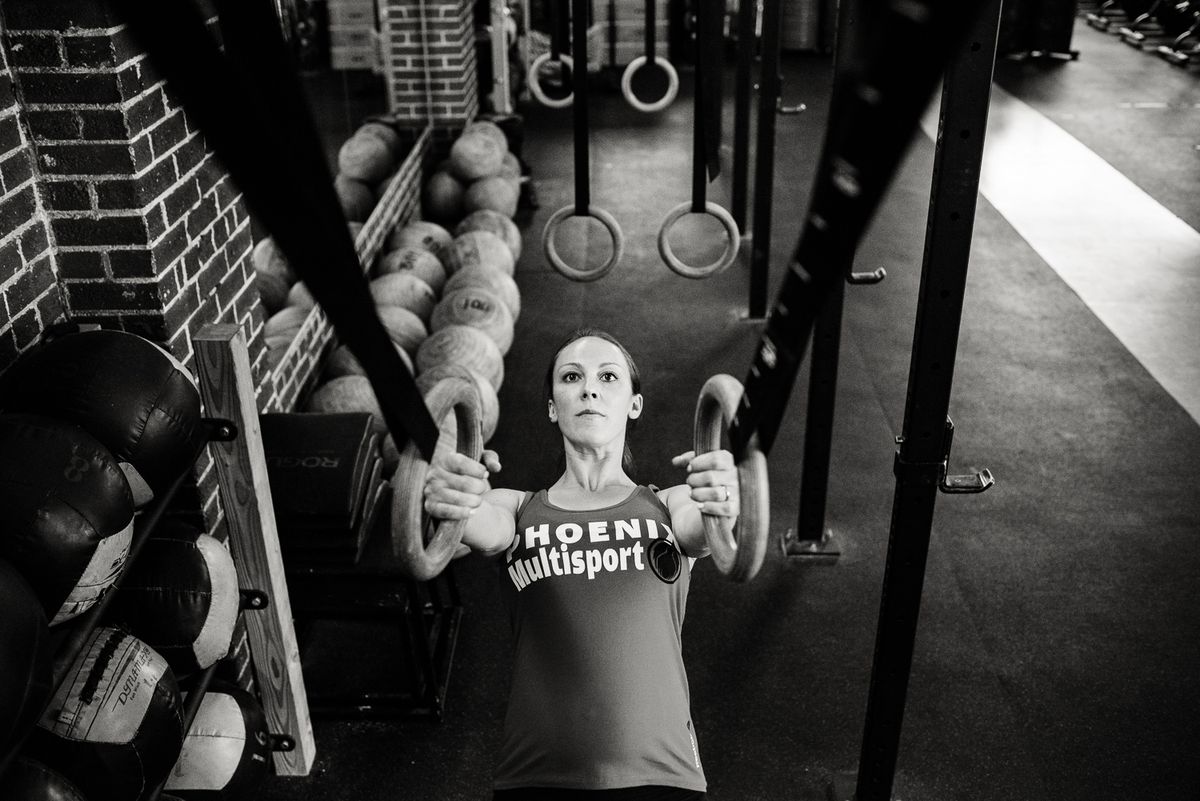Most recovering addicts talk about a “bottom”—a devastating low point that finally made them see they needed to change their behavior. "Mine haunts me and fills me with enormous remorse to this day,” says Dana Smith.
It was July 2009. Dana was 25, and had been abusing a variety of drugs for the past 10 years. “During those years, I lost a boyfriend to suicide and watched several friends overdose,” she says. Her parents did everything they could think of to try to help, including sending her through three rounds of expensive rehab. “I was hopeless and truly didn't see a way out.”
Then one night, while driving under the influence of heroin and Xanax in the Chicago suburbs, where she lived at the time, she reached her nadir. “I fell asleep behind the wheel, crossed the center line and struck a man going the opposite direction on a motorcycle,” says Dana. “He had been married for 20 years and had a 15-year-old daughter. I took an innocent person’s life. I took a father and husband from his family, and nothing can ever change that.”
RELATED: What Carrie Fisher's Death Can Teach Us About Drug Addiction
Getting fit behind bars
Dana was arrested the day of the accident and sent to county jail for a year, then to state prison for four years. “I had lots of time to think,” she says. “I knew the only way I could try to make amends for what I had done was to commit to a sober lifestyle—and vow that someday I’d help other people, as well.”
To give her life structure and discipline, she began meditating and doing hour-long workouts. With no gym and little space in her jail cell, she did pushups and burpees and crunches on the floor and created imaginative new ways to get fit.
“Before I was incarcerated, I had worked part-time in a health club, so I knew how to do a lot of exercises—and my parents gave me subscriptions to fitness magazines so I could find new exercise routines that didn't require equipment,” she says. “I’d jump rope with an imaginary rope, or I’d throw a whole deck of cards on the floor and do squats to pick them up.”
RELATED: Why Your Butt Is Staying Flat No Matter How Much You Work Out
The physical activity brought her out of the murky mental state she’d been living in while she was addicted. “I began to think more clearly, and while many of my thoughts were extremely painful, I also started to regain a sense of self-worth and self-control—things that had been missing from my life for years.”
"Fitness was an escape from the chaos and violence of prison, as well,” Dana says. And she became known to her fellow offenders as an expert on the topic. “Other women would come to me to ask how to do squats or crunches,” she says. “The ones who wanted to be healthy and stay out of trouble gravitated to me—which meant my social network remained safe and positive."
Still, she worried constantly about what would happen when she was released. “It’s hard to get a job as a felon,” she says. So she got permission from the warden to take a personal training course. “The company mailed me a textbook and I earned my certificate while I was behind bars,” she says. She also got married while she was incarcerated—to a straight-laced guy she’d dated as a teen. “Our relationship started with letter-writing, then he began visiting and we fell in love,” she says. “To this day, he’s my best friend and strongest source of support.”
Healing herself—and others
When she was released in 2014, Dana worked as a personal trainer and strength coach in Chicago—then, after completing her parole, moved with her husband to Denver to volunteer at Phoenix Multisport (now The Phoenix), a fitness center for people recovering from a substance use disorder. Now she’s director of the facility’s programs and partnerships.
“It’s a way for me to give back and help other people—and it helps me, too,” she says. “I’m immersed in a community of sober, active peers who support my recovery—and I do CrossFit and strength-training regularly. Exercise was, and continues to be, the outlet that gives me stability and keeps me strong, mentally and physically.”
Now 33, Dana is expecting her first child, and she never takes her life for granted. “I can’t change what I did,” she says. “But I can do my best to heal myself and help others.”
